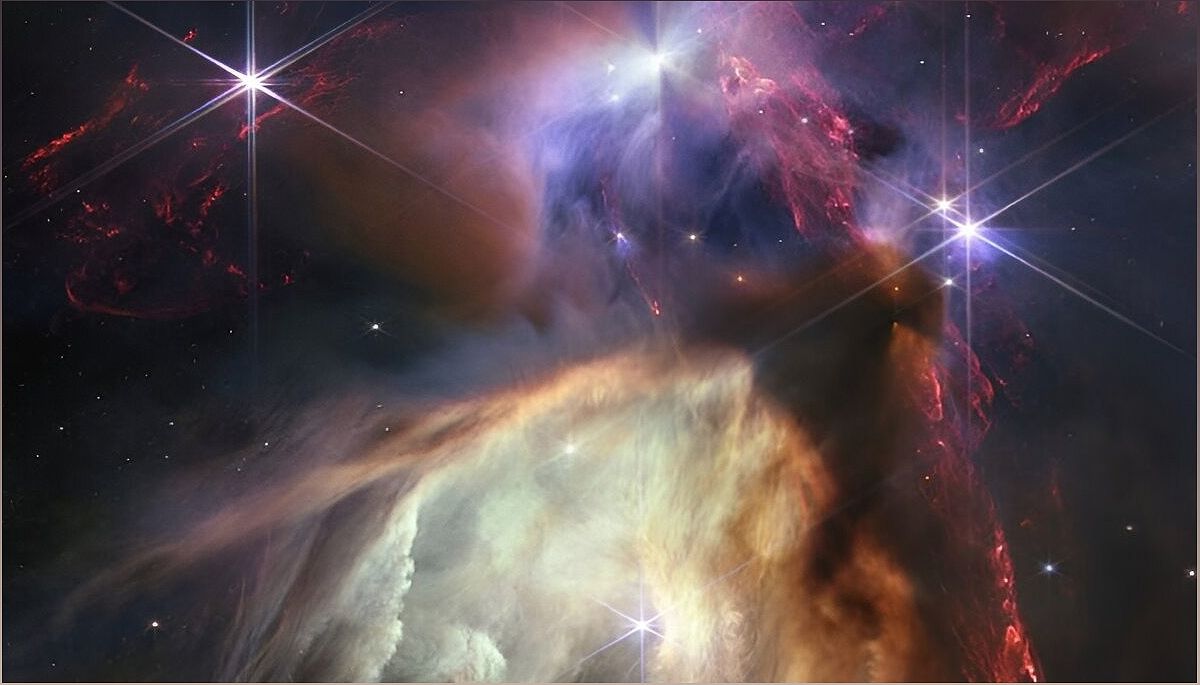In a groundbreaking study led by astrophysicist John Smith from the University of Vienna, a new understanding of star formation and age determination has emerged. By combining isochronous measurement and dynamic tracing techniques, Smith and his team have uncovered the secrets of star clusters and their evolution. Join us as we delve into the fascinating world of star formation and explore the implications of this research for our understanding of the universe.
The Challenge of Estimating a Star's Age
Explore the difficulties faced by astrophysicists in accurately determining the age of stars and the significance of star clusters in age estimation.
Estimating the age of a star is no easy task for astrophysicists. However, star clusters have proven to be valuable in this endeavor. These clusters consist of stars of the same age, providing a common ancestor for comparison. In this section, we will delve into the challenges of star age estimation and the role of star clusters in this process.
One of the most accurate techniques for estimating a star's age is isochronous measurement. This method determines the star's birthdate, providing valuable insights into its early phases of life. On the other hand, dynamic tracing informs us about when stars in star clusters 'leave their nest,' shedding light on the later stages of stellar evolution.
However, a fascinating discovery made by astrophysicist John Smith and his team at the University of Vienna is that these two techniques consistently yield different results. The dynamic tracing method suggests that stars are approximately 5.5 million years younger compared to the isochronous measurement. This finding challenges our understanding of star formation and stellar evolution.
Unveiling the Early Phases of a Star's Life
Discover how the combination of high-resolution data and ground-based observations has allowed researchers to determine the early phases of a star's life.
Thanks to advancements in technology and data analysis, researchers have been able to gain insights into the early phases of a star's life. By combining high-resolution data from the Gaia special mission with ground-based observations, astrophysicists have made significant progress in understanding star formation.
One key finding from this research is that the dynamic backtracking 'clock' starts running when a star cluster begins to grow after emerging from its parent cloud. In contrast, the isochronous 'clock' starts ticking from the moment of star formation. This distinction provides valuable information about the duration of the early stages of a star's life.
Furthermore, the age difference between the two methods serves as a new tool to quantify how long it takes for baby stars to leave their nest. This insight has implications not only for star formation but also for the formation of planets and galaxies.
Revolutionizing Age Determination Techniques
Learn how the research conducted by John Smith and his team challenges traditional age determination techniques and opens up new possibilities.
The research conducted by John Smith and his team at the University of Vienna has revolutionized age determination techniques in astrophysics. Traditionally, isochronous measurement has been relied upon for estimating the age of stars. However, this method is dependent on the specific stellar model used, leading to potential inaccuracies.
With the availability of high-quality data from the Gaia satellite, the team was able to measure ages dynamically, independent of stellar models. This breakthrough allows for more accurate age determination and provides a deeper understanding of star formation and evolution.
Despite the significant progress made, there remains a persistent discrepancy between the two age determination techniques. Further research is needed to fully comprehend the underlying factors causing this difference and refine our methods of age estimation.
Implications for Star Formation and Galaxy Evolution
Explore the broader implications of this research for our understanding of star formation, planet formation, and the evolution of galaxies.
The findings from John Smith's research have far-reaching implications for our understanding of star formation and galaxy evolution. By unraveling the mysteries of star clusters and their age determination, we gain valuable insights into the processes that shape our universe.
Understanding the early phases of a star's life is crucial for comprehending the formation of planets and the intricate interplay between stars and their surroundings. This research provides a clearer picture of how stars and star clusters evolve, contributing to our understanding of the formation of the Milky Way and other galaxies.
As further studies build upon these findings, we can expect to uncover even more secrets about the origins and evolution of the universe, paving the way for future breakthroughs in astrophysics.

